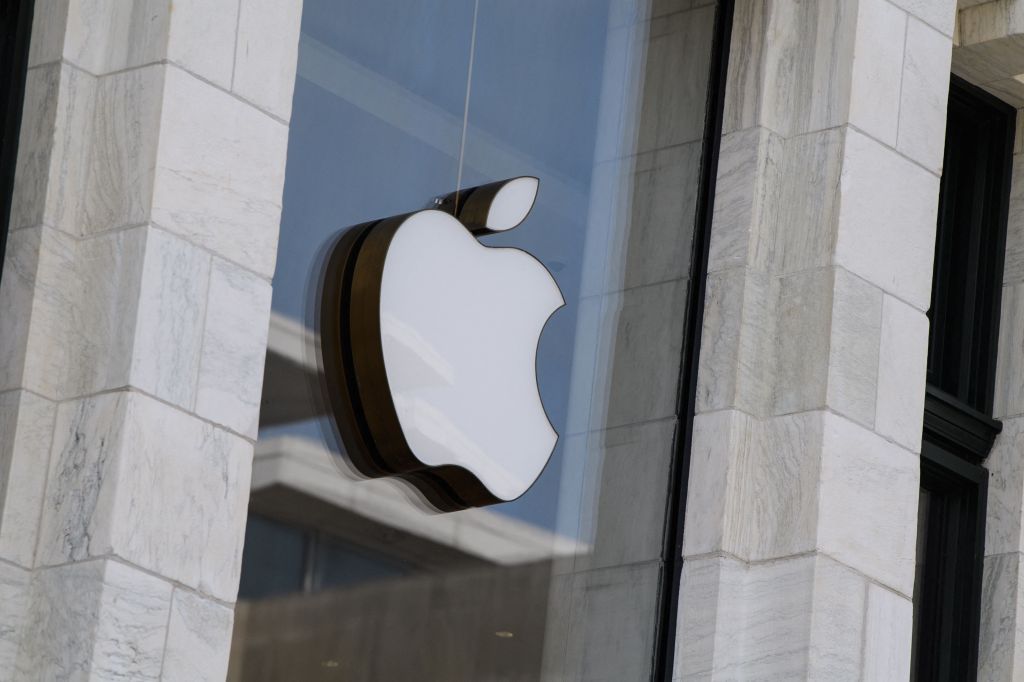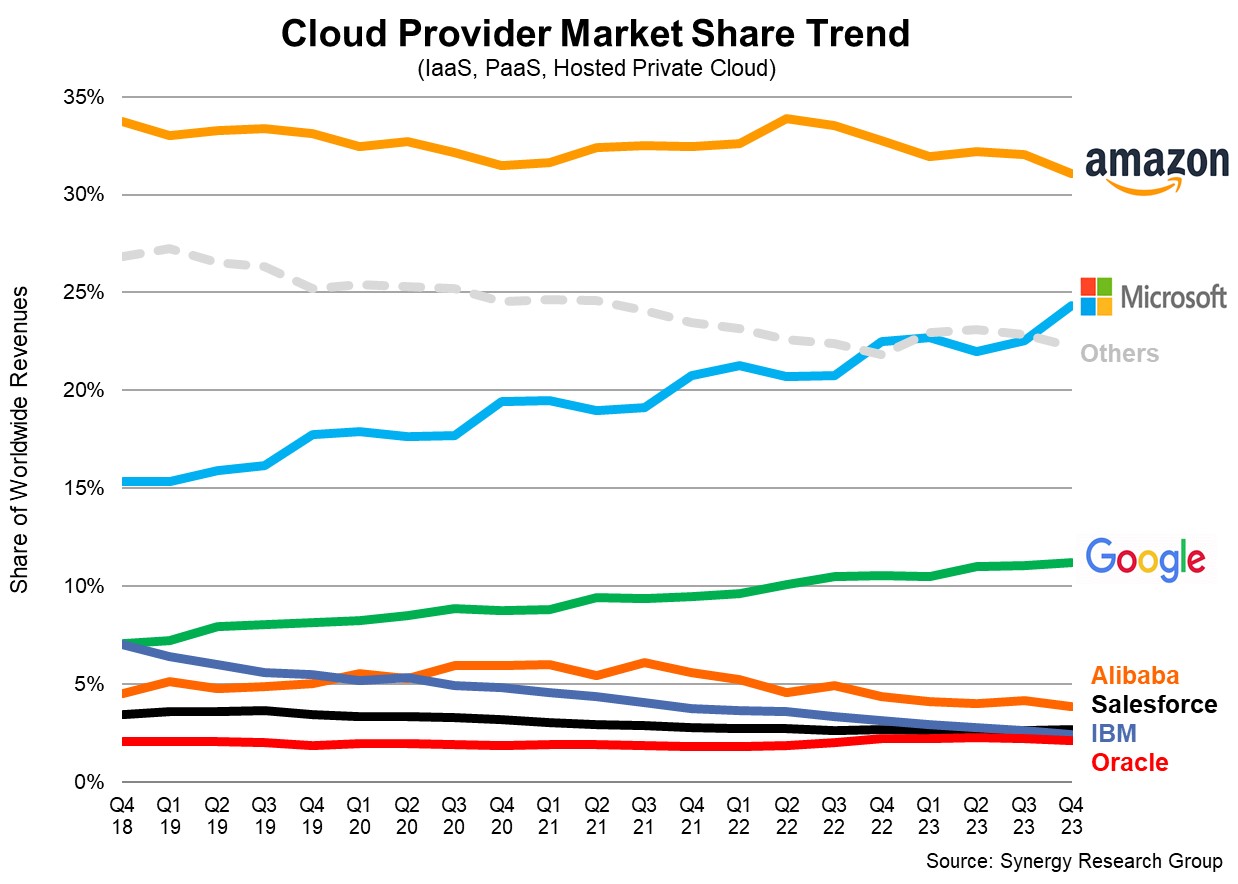
The U.S. innovates and the EU regulates, or so certain transatlantic punters love to harp. We’re not going to get embroiled in that noise here, but two things are clear: The bloc’s Single Market has its own particular set of rules, and quite a lot of U.S. tech giants have run afoul of European Union competition regulations over the past several decades. Make of that what you will.
Earlier this month, as she reveled in nailing a couple of major antitrust case appeals against Apple and Google, the EU’s outgoing competition chief, Margrethe Vestager, jokingly referred to Big Tech as some of her best customers. Ouch.
We’ve compiled a list of 10 of the biggest EU antitrust actions targeting tech to give a snapshot of the most high-profile — if not always consequential — competition skirmishes between Brussels and industry heavy hitters over the past several decades of digital development. The list is ordered based on the size of the fine or liability involved.
While it’s fair to say the EU’s antitrust tech enforcement outcomes have varied, one lasting legacy is that some of these major cases served as inspiration for the bloc’s Digital Markets Act: A flagship market contestability reform that could see major tech players hit harder and faster in the coming years. It’s finally Big Tech’s time to buckle up.
Ireland’s tax breaks for Apple
No one enjoys paying their taxes, even less a demand for unpaid back taxes. But by September 2018, Apple had just finished handing the EU an eye-watering €13.1 billion (then worth $15.3 billion) after the bloc successfully sued one of its member states, Ireland, over illegal tax breaks granted to Apple between 1991 and 2014.
The State Aid case, which falls broadly under the bloc’s competition rules, went back and forth through EU appeal courts. But in September 2024, the Court of Justice affirmed the original August 2016 Commission finding of unlawful State Aid.
With the top court weighing in with a final ruling (not a referral back to a lower court), Apple’s legal options to continue challenging the decision are all but exhausted, and the billions in underpaid taxes sitting in an EU escrow account look set to finally pour into Ireland’s coffers.
Google’s Android restrictions on OEMs
Micromanaging the software that mobile device makers could bundle with its operating system, Android — to get its own wares in front of Android users regardless of the hardware they picked — got Google into costly hot water in the EU in recent years. Around $5 billion worth of antitrust heat, in fact. The 2018 Commission decision sanctioning it for abusing a dominant position was, and still is, a record-breaking penalty for this category of competition abuse.
The original EU €4.34 billion fine on Google was revised down slightly, to €4.125 billion, in a September 2022 appeal decision by the General Court. However, the judges largely upheld the original Commission decision, rejecting Google’s bid to overturn the enforcement.
Google’s self-preferencing with Shopping
Back in June 2017, Google was hit with another (at the time) record-breaking €2.42 billion penalty for abusing a dominant position — this one in relation to how it operated its product comparison service, Google Shopping (previously branded Google Product Search and, before that, the pun-tastic Froogle).
The bloc found that Google had not only unfairly favored its own (eponymous) shopping comparison service in organic search results, a market the tech giant has almost entirely sewn up in Europe, but had also actively demoted rival comparison services. The multi-billion-euro fine ensued — worth around $2.73 billion at the time it was announced — and was subsequently affirmed in a September 2024 decision by the EU’s top court.
Apple’s anti-steering on iOS music streaming
The EU branched into a competition theory of harm that accused Apple of consumer exploitation, rather than exclusionary conduct, in this long-running enforcement against Apple’s conduct in the music streaming market on iOS.
The bloc’s competition division changed tack a few times, as it investigated iOS developer complaints against the App Store operator. But in March 2024 it ended up hitting Apple with a €1.84 billion fine (around $2 billion) for banning developers from telling iPhone users about cheaper deals available outside Apple’s store. The vast majority of the financial sanction — a full €1.8 billion — was applied on top of the EU’s standard damages calculation, which the bloc said it hoped would act as a deterrent. (Without it, the fine would have been a mere €40 million — or a “parking ticket” level penalty for Big Tech.)
Google’s AdSense restrictions
Yet another billion+ antitrust penalty hit Google for abuse of dominance in March 2019, when the bloc sanctioned the company over its search ad brokering business. The Commission found it had used restrictive clauses in contracts with customers between 2006 and 2016 in a bid to squeeze out rival ad brokers. A penalty of €1.49 billion (or around $1.7 billion) was duly imposed.
However, in September 2024, despite upholding the majority of the Commission’s findings, the EU’s General Court annulled the AdSense decision in its entirety over errors in how the Commission assessed the duration of Google’s contracts. It remains to be seen whether the EU will appeal.
The Commission still has another (open) case probing Google’s adtech stack more broadly, which could also make the AdSense case look like small beer. Margrethe Vestager warned last year that if the suspected violations are confirmed, a structural separation (i.e., breaking up Google) may be the only viable remedy.
PC monitor and TV parts price-fixing cartel
In 2012, the EU handed down a total of €1.47 billion in fines in a cartels case related to the sale of components used in the manufacture of computer monitors and TVs. A raft of electronics giants were caught up in the enforcement over price-fixing of cathode ray tubes (CRT) between 1996 and 2006. The components were used in computer monitors and TVs in the pre-flatscreen era, and the Commission found that hardware makers had colluded to fix prices. Fines were handed down to seven electronics giants that were involved in either one or two CRT cartels, including LG, Panasonic, Philips, Samsung, and Toshiba.
Chipmaker Intel’s exclusionary practices
Going further back in time, we arrive in May 2009, at what was then a record €1.06 billion antitrust penalty for chipmaker Intel after the EU found that the U.S. giant had abused a dominant position to exclude rival AMD. Intel had been paying computer manufacturers and retailers to postpone, cancel, or otherwise avoid using or selling AMD’s products, and the EU found these exclusionary practices breached competition rules.
The chipmaker appealed the EU’s enforcement with some success over the following decade of legal arguments. In 2017, the Court of Justice set aside an earlier ruling by a lower court and referred the case back to the General Court, which went on to annul part of the Commission’s decision, while allowing that some of Intel’s practices had been unlawful.
The Court quashed the original fine in its entirety, owing to uncertainty over the penalty calculation, but last year the EU reimposed a fine of €376.36 million on Intel — for the “naked restrictions” that the Court had upheld. Appeals still rumble on, so where this enforcement finally ends up remains to be seen.
Qualcomm’s deal with Apple for mobile chips
In early 2018, it was mobile chipmaker Qualcomm’s turn to be hit with a beefy EU antitrust penalty: €997 million (or around $1.23 billion at the time). The sanction was for abuse of a dominant position between 2011 and 2016. The enforcement focused on Qualcomm’s relationship with Apple, and the EU decided it had shut rival chipmakers out of the market for supplying LTE baseband chipsets by paying Apple to exclusively use its chips for iPhones and iPads.
However, Qualcomm appealed the decision, and in June 2022 the EU General Court ruled in its favor, rejecting the Commission’s analysis and also finding some procedural faults with its case. The EU later confirmed it would not appeal the judgment, so this is one sizable antitrust penalty that didn’t make it beyond the headlines.
The bloc has had better luck in a separate (longer-running) antitrust procedure against the chipmaker: In September 2024, the General Court largely upheld a Commission penalty on Qualcomm of just under $270 million in a case related to predatory pricing.
Microsoft’s anti-competitive licensing practices
We have to wind back the clock all the way to March 2004 to arrive at the EU giving Microsoft a spanking for abusing a dominant position with its Windows operating system. The then-record €497 million penalty (around $794 million) would be worth closer to €762 million (or ~$1.3 billion) today, factoring in Eurozone inflation (per this tool).
The original complaint sparking the investigation into Microsoft’s licensing and royalties practices dated all the way back to 1993. The EU’s enforcement on Microsoft was upheld on appeal. As well as handing down a fine, the bloc ordered various remedies, including interoperability requirements, and a second, larger penalty of €899 million was handed down on Microsoft in February 2008 for noncompliance. A 2012 decision by the EU’s General Court upheld the noncompliance penalty but reduced the level of the noncompliance fine slightly to €860 million.
Luxembourg’s tax deal with Amazon
In an October 2017 State Aid case, the EU argued that Luxembourg, the member state where e-commerce giant Amazon has its regional base, had granted the company “undue tax benefits” between May 2006 and June 2014. The Commission found that Amazon’s corporate structure in the country had allowed it to pay four times less tax than other companies based there — a tax break the EU calculated was worth around €250 million. (The EU does not issue fines for State Aid cases but requires any unlawfully uncollected taxes to be recouped.)
But while the Commission took issue with Luxembourg’s method of calculating Amazon’s taxable profits in the country, unlike in the aforementioned Ireland-Apple State Aid case, its arguments did not prevail in court: In a final ruling late last year, the EU’s top court struck down the Commission decision, finding that the EU had not established that the Luxembourg tax ruling was illegal State Aid. The upshot? Amazon was off the hook.













